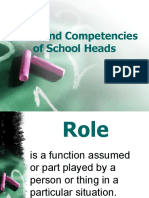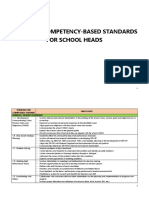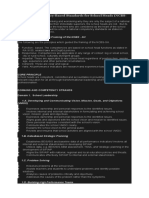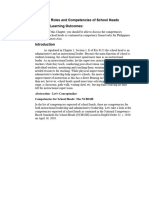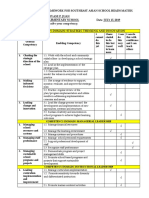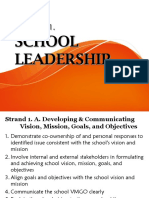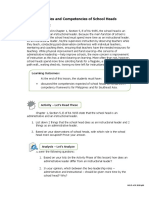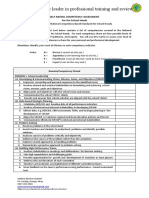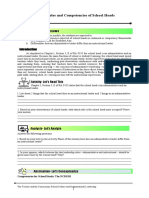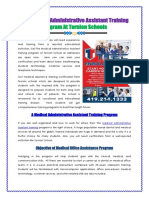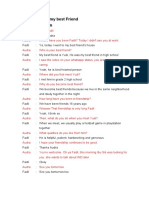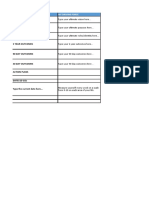0% found this document useful (0 votes)
37 views7 pagesChaSha For Encode
The document outlines competency standards for school heads across several domains, including school leadership, instructional leadership, student-centered learning, HR management, community partnership, school management, and personal attributes. It provides details on the competency strands within each domain.
Uploaded by
Trisha MarieCopyright
© © All Rights Reserved
We take content rights seriously. If you suspect this is your content, claim it here.
Available Formats
Download as RTF, PDF, TXT or read online on Scribd
0% found this document useful (0 votes)
37 views7 pagesChaSha For Encode
The document outlines competency standards for school heads across several domains, including school leadership, instructional leadership, student-centered learning, HR management, community partnership, school management, and personal attributes. It provides details on the competency strands within each domain.
Uploaded by
Trisha MarieCopyright
© © All Rights Reserved
We take content rights seriously. If you suspect this is your content, claim it here.
Available Formats
Download as RTF, PDF, TXT or read online on Scribd
/ 7



